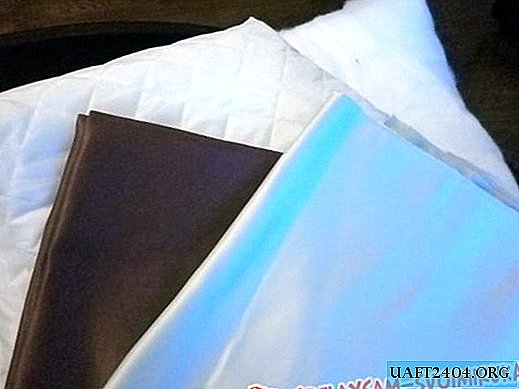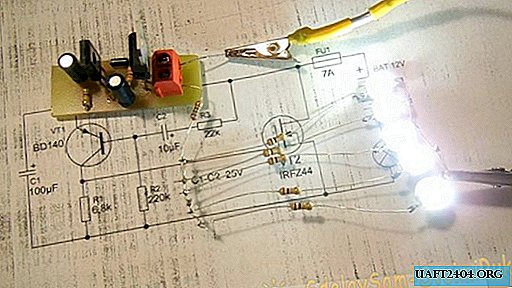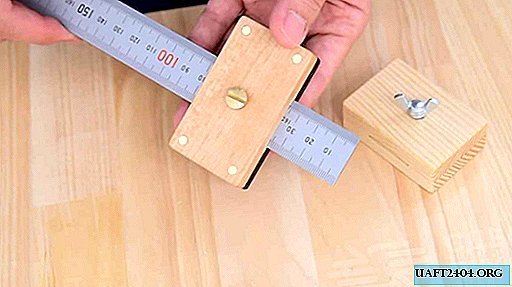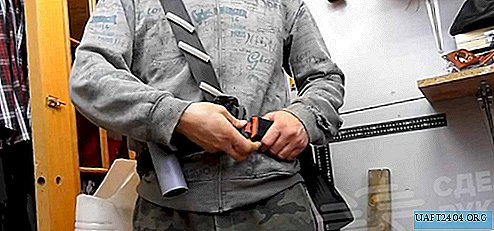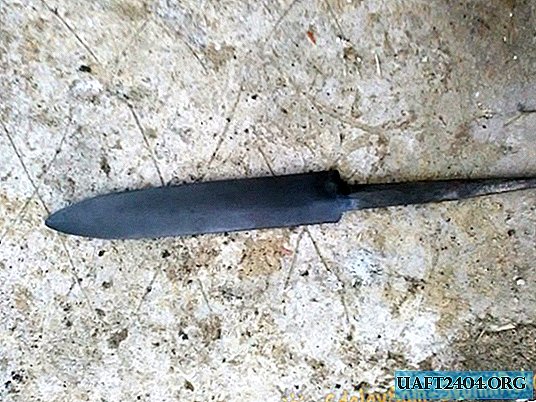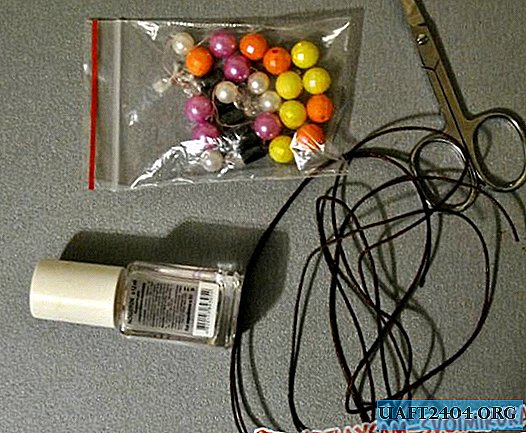Share
Pin
Tweet
Send
Share
Send
In this article we will consider the STK402-120S microcircuit. One of the advantages of the “STK402-020 ... STK402-120” line is that each of these microcircuits has exactly the same binding, and the last value (... 120) indicates the maximum power that this microcircuit can provide (120W). So everyone will be able to choose the power that he needs, and if it ceases to suit him, it will be enough to replace only the microcircuit with a higher voltage and, in some cases, the power transformer with a higher voltage.
And so I think it's worth moving on from practice and we will start with the parameters of the entire model range:

And the characteristics of our specific amplifier:

After the announcement of all the characteristics, I think you can proceed to the assembly. And the assembly, as expected, we will start with power. A bipolar power system is used here, or as it is also called midpoint power. Here is a diagram of our power supply:

In power supplies of this type there are minus and plus and earth (housing). The voltage specified in the parameters namely + -39 V is the voltage that should be between the plus minus and ground i.e. between plus and minus should be 78 V.
Then consider the circuit of the amplifier itself:

Output resistors of 0.22 ohms and 4.7 ohms should have a minimum power of 2 watts; the rest can be taken at 0.25 watts. Also, the maximum voltage of electrolytic capacitors at 100 and 10 Mkf should be higher than the supply voltage.
Well now I think you can go to the assembly. I was partially lucky and fell into the hands of the old music center from which not a small part of the details was borrowed.
Again, let's start with the power supply. This was the main part that I borrowed.

The transformer produced + - 50, but this is completely included in the permissible parameters of our microcircuit. There was only one problem ... In view of the fact that the smoothing capacitors were on another board, they had to be soldered and their own board made:

Further, it is worth taking on the amplifier itself, since there are too many elements about wall mounting (as is the case with TDA) out of the question. And so here are the photos of the amplifier assembly:





Here is the final photo so that there are no questions I must say right away that most of the non-polar capacitors in this case are in the same cases as the resistors. Everything else in this photo lacks two output resistors of 4.7 ohms.
On this, most of the work came to an end, it remains only to remove all components in the case and fix the chip to the radiator.
In my case, I decided to use the same case from the music center.





If the entire circuit was correctly connected and the correct power was supplied, the amplifier will work immediately without any settings. And in the end, we got a pretty high-quality amplifier that may well satisfy the need for a powerful and high-quality sound. I think many, like me, after using amplifiers on the STK, are unlikely to return to TDA or LM.
Share
Pin
Tweet
Send
Share
Send

